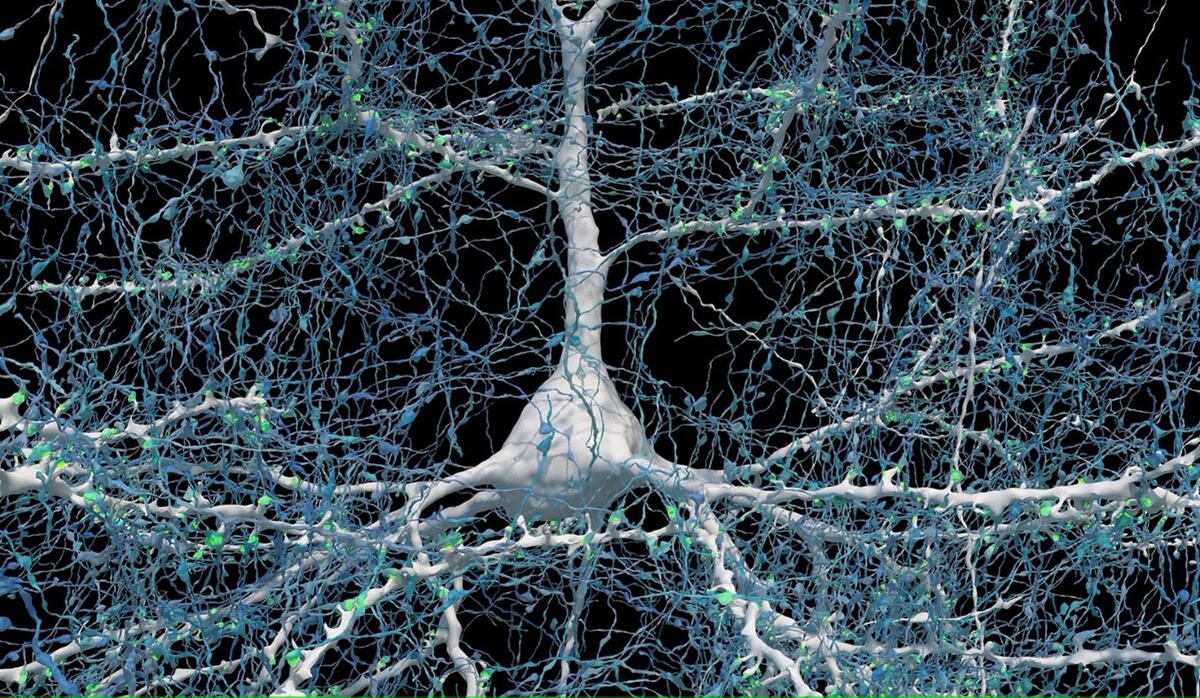
Our research focuses on brain connectivity—how neurons form complex networks that give rise to behavior, cognition, and emotion. While individual neurons are powerful processors, the true computational strength of the brain emerges from the vast connections each neuron forms with thousands of others, known as the connectome. How this intricate wiring supports brain function, and how it is altered in neuropsychiatric disorders, remains largely unknown.
To address these questions, our lab—at the intersection of chemistry and neuroscience—develops innovative biochemical tools, advanced microscopy techniques, and computational methods to map and analyze brain circuits in both health and disease.
Our principal investigator is Dr. Xiaotang Lu.
Click here for more information
The methods we use:
Multiscale Brain Circuit Imaging
The brain is a complex network made up of billions of neurons, each forming thousands of precise connections across a wide range of spatial scales. To uncover how these connections support brain function, we develop advanced microscopy and tissue processing methods that allow us to visualize brain circuits from large-scale axon projections down to nanoscale synapses.
Multiplexed Molecular Labeling
Neurons differ widely in their molecular makeup, which shapes how they process information. We create miniaturized protein binders—such as nanobodies and aptamers—to label many molecular targets within brain tissue. This enables us to integrate molecular identity into high-resolution structural maps, revealing how diverse neurons form functional networks.
Connectopathy
Many psychiatric disorders lack clear physical signs, yet may arise from hidden changes in brain connectivity. By combining molecular tools, imaging technologies, and disease models, we study how genetic, environmental, and structural factors disrupt neural circuits. Our goal is to link behavioral and cognitive symptoms to underlying circuit abnormalities and identify new paths toward treatment.